
Kathryn Bigelow has made history as a pioneering director in the film industry, known for her impactful dramatic narratives. She became the first woman to be awarded the Oscar for Best Director for her work in The Hurt Locker. While Bigelow’s career spanned several years prior to this recognition, it was the film, featuring Jeremy Renner, that marked a significant turn in her directional style, plunging viewers into the visceral realities of war. Though The Hurt Locker does not depict actual events, it draws inspiration from the experiences of journalist Mark Boal, who co-wrote the screenplay.
Released amid the ongoing Iraq War, The Hurt Locker was one of the first major films to engage directly with this contemporary issue. Today, the genre of war films sees a resurgence, with upcoming releases like A24’s real-time drama Warfare scheduled for next year. Additionally, 2023 has brought forth a variety of titles centered around war and terrorist events, such as September 5. These films often catch the attention of award committees, largely due to their gripping narratives. Another notable work from Bigelow continues to capture the attention of critics today.
Examining the Accuracy of Zero Dark Thirty
Critical Assessments Discuss a Major Inaccuracy
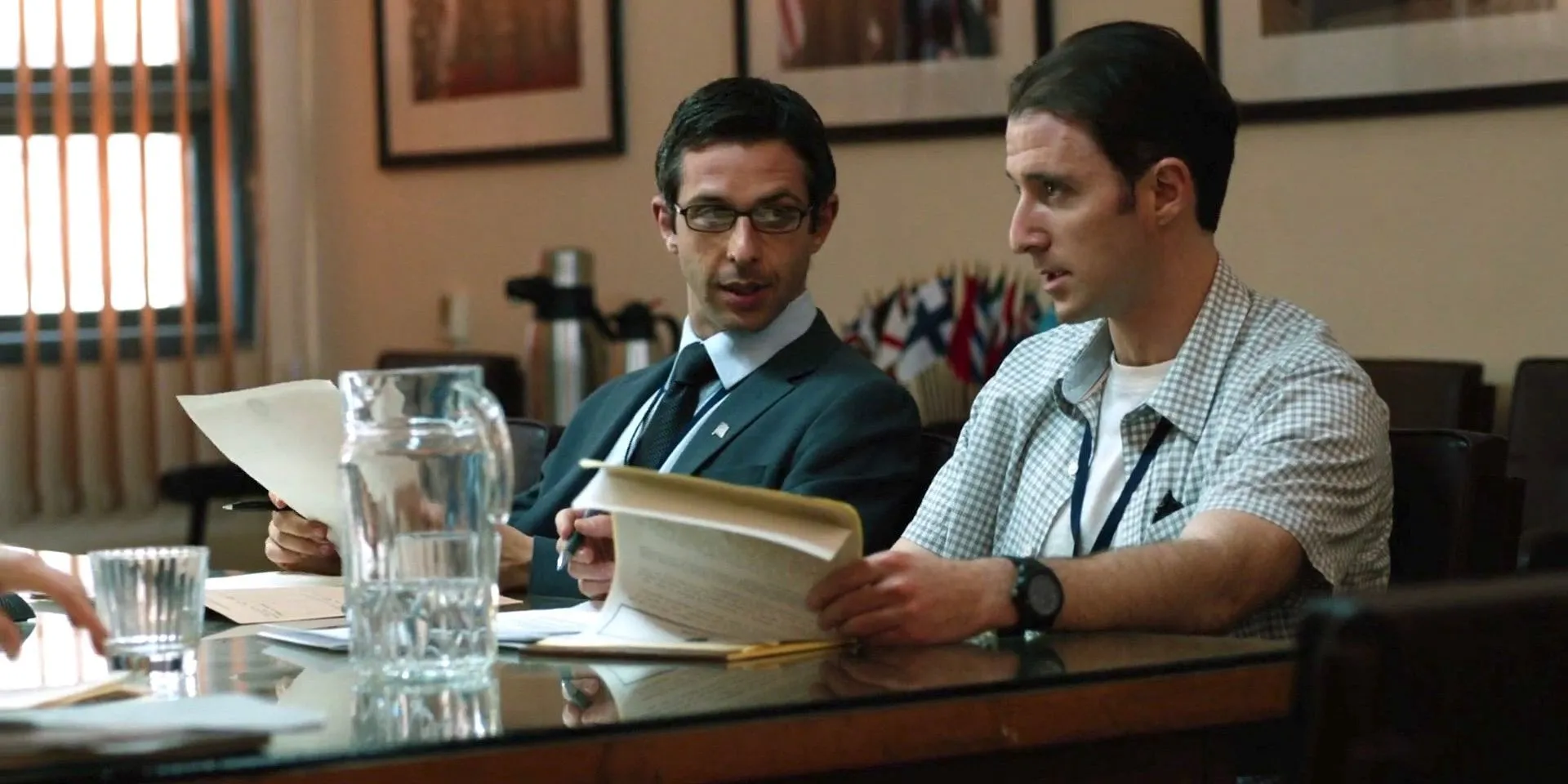
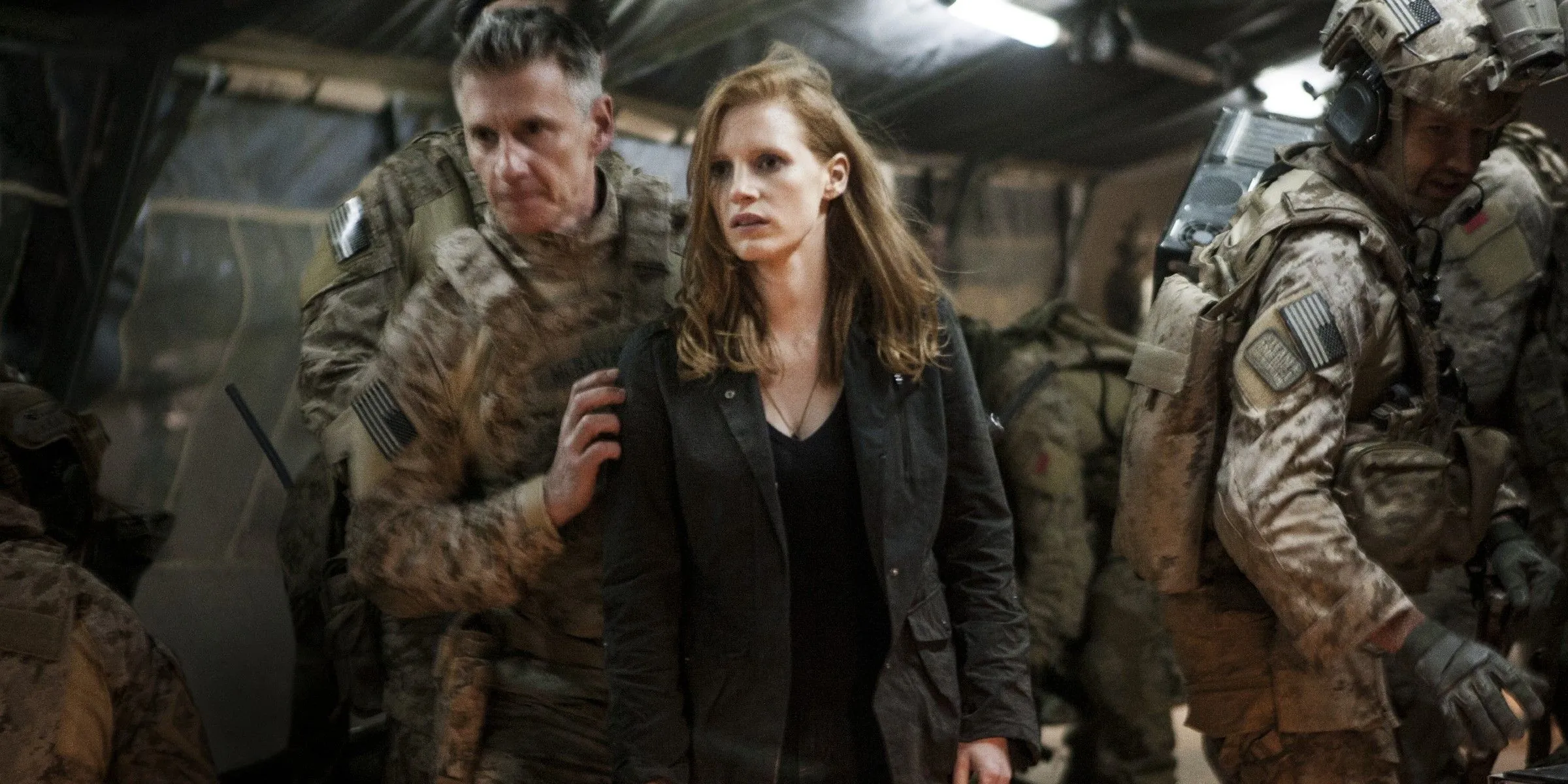
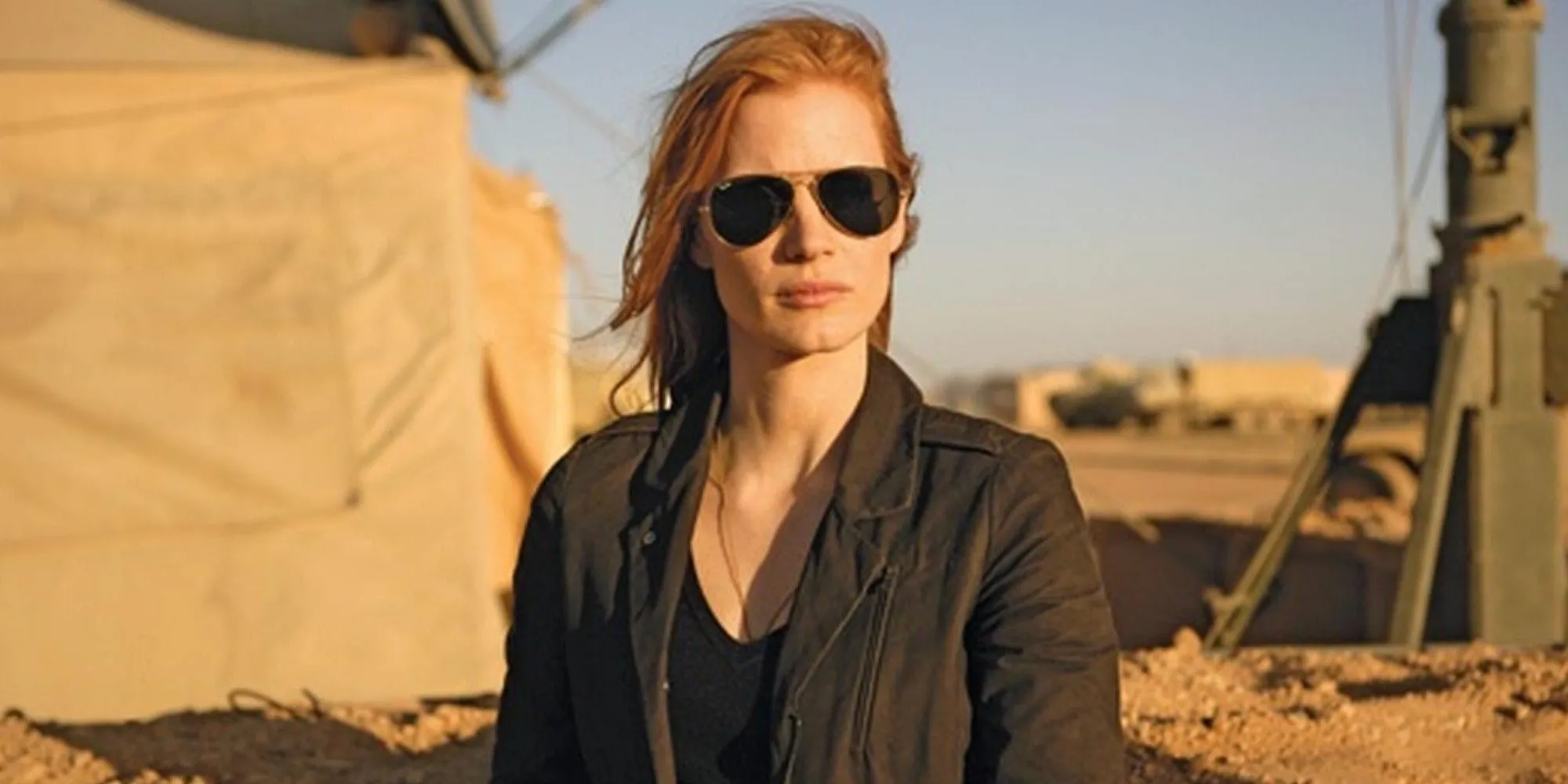

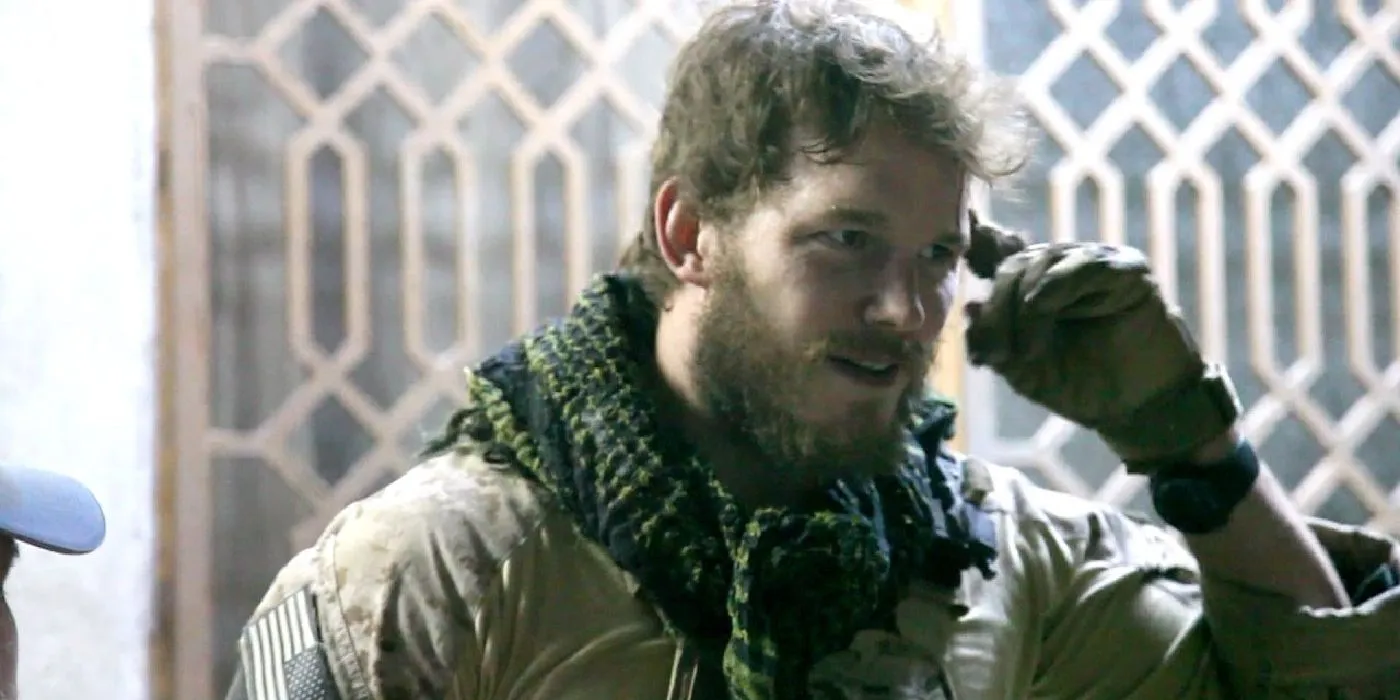
In Zero Dark Thirty, director Kathryn Bigelow explores the protracted pursuit of al-Qaeda leader Osama Bin Laden following the September 11 attacks. This political thriller, while rooted in actual events, takes some creative liberties with character portrayals and events. Despite its acclaim and five Academy Award nominations, the film has faced scrutiny regarding its authenticity.
John Kiriakou, a former CIA operative, has provided insights into the film’s accuracy in an interview with Insider. He asserts that many depictions of the bin Laden raid align well with actual events, such as the nocturnal timing and the military’s lethal intent. However, he highlights a significant inaccuracy: the portrayal of the torture program as instrumental in locating bin Laden, a narrative he considers harmful. Here’s part of Kiriakou’s assessment:
The attack at Camp Chapman was a catastrophe for the CIA. I actually worked with several of those people. There was a source that had been offered up to us by a third country intelligence service. He got right into the center of the base. It was a failure at every step of the way. There were almost immediate improvements after this happened. So, suicide attacks happen. They’re not supposed to happen at that grand scale. But it’s always a danger.
This is depicting the Osama bin Laden raid. And the clip is as close as we’re going to get to real life in a film. There are a couple of things that are consistent with all counter-terrorism raids, especially those related to al-Qaeda. First of all, they’re all at night. Usually in the middle of the night. In Pakistan, we only did our raids after 2am. At or after 2am. Because you want people to be asleep. You want them to be caught unawares. That’s what they did in this case. Now they came into the Bin Laden compound with two stealth helicopters. So this was far more complicated than anything I ever did.
From all accounts, that’s how it played out. There was never any intent to take Bin Laden alive. There are similarities in the real-life raid that the movie got wrong. And they got it wrong on purpose. In the movie, they were able to deduce bin Laden’s location thanks to the torture program. That is not true. I can’t be any more clear about it. It’s just simply not true. What led to bin Laden’s location was really great analysis. A targeting analyst is going to pour through sometimes millions of pieces of data. Put this thing together where you can say ‘we’ve narrowed it down to this neighborhood in Abidabad, Pakistan.’ The one thing that bothers me the most is when Hollywood perpetuates the myth that torture prevented acts of terrorism or disrupted acts of terrorism. And to me, that myth is dangerous in that it affects public opinion.
This was a film that the CIA made a policy decision on that it was going to cooperate fully. To the point where senior CIA officers gave them inappropriately classified briefings over a classified mockup of the bin Laden compound. Okay, that’s chargeable under the espionage act. The CIA just turned it over. Why? Because it made the CIA look good. This clip as a clip, the clip that we just watched, I would give it a 9 because it is pretty much the way things played out. But no, it wasn’t the torture that gave up Osama bin Laden.
Evaluating Zero Dark Thirty‘s Portrayal
The Influence of External Factors on Film Authenticity
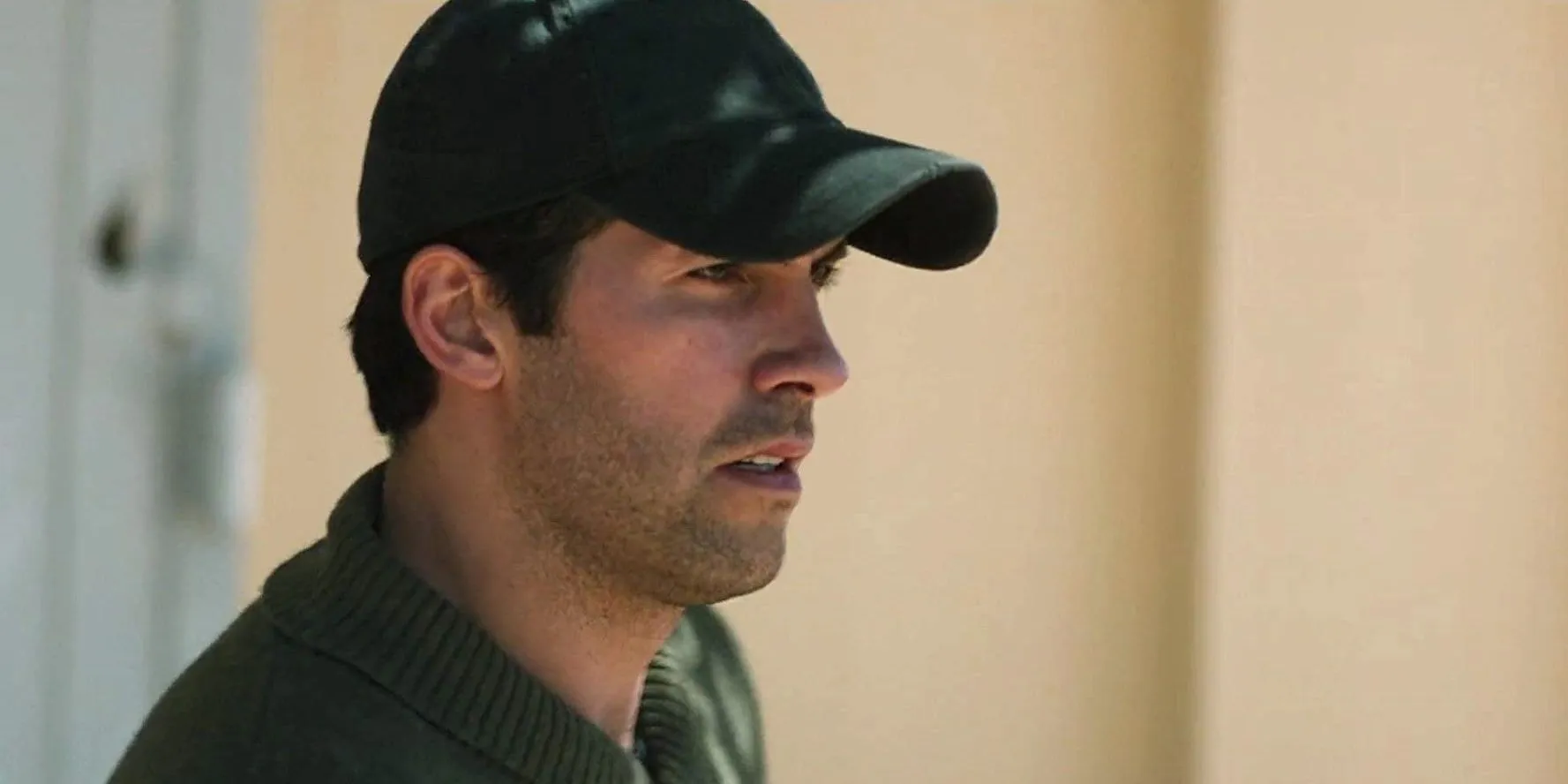
Kiriakou’s critique serves as a significant reminder for viewers to approach Hollywood narratives with caution. While his overall evaluation of the movie’s accuracy was relatively favorable, he has raised concerns regarding potential ramifications of CIA involvement in its production. This highlights how outside influences, including governmental agencies, can distort the integrity of films purporting to be grounded in truth.
For further exploration of this topic, check out the full interview on Insider / YouTube.




Leave a Reply